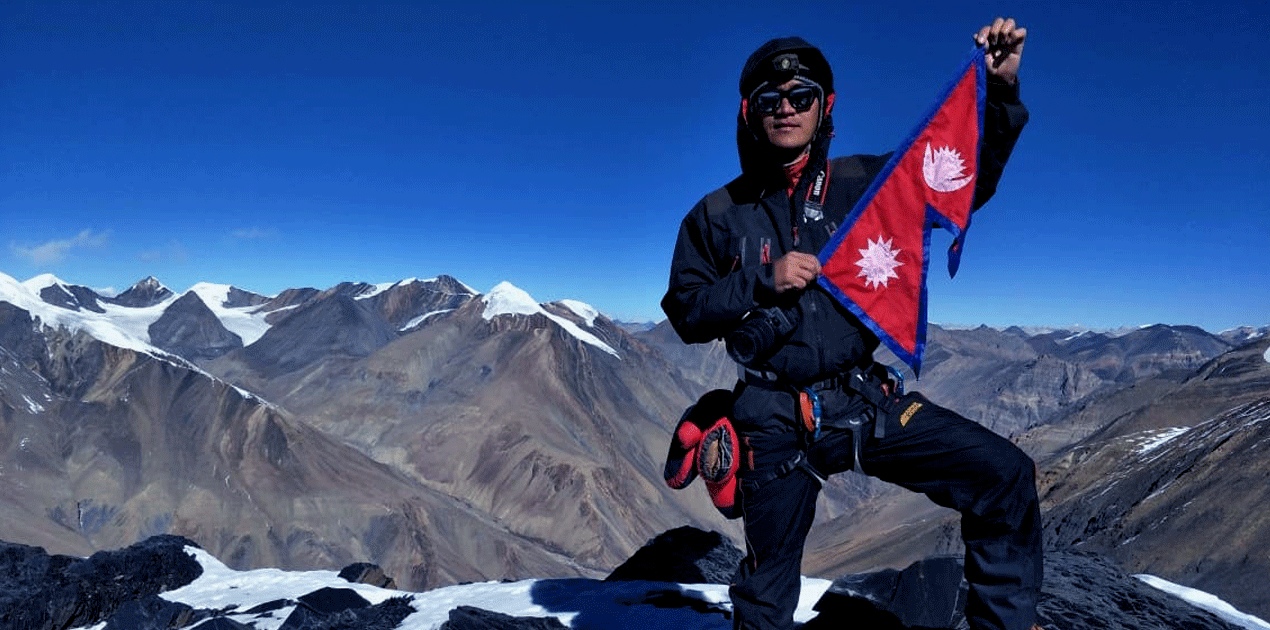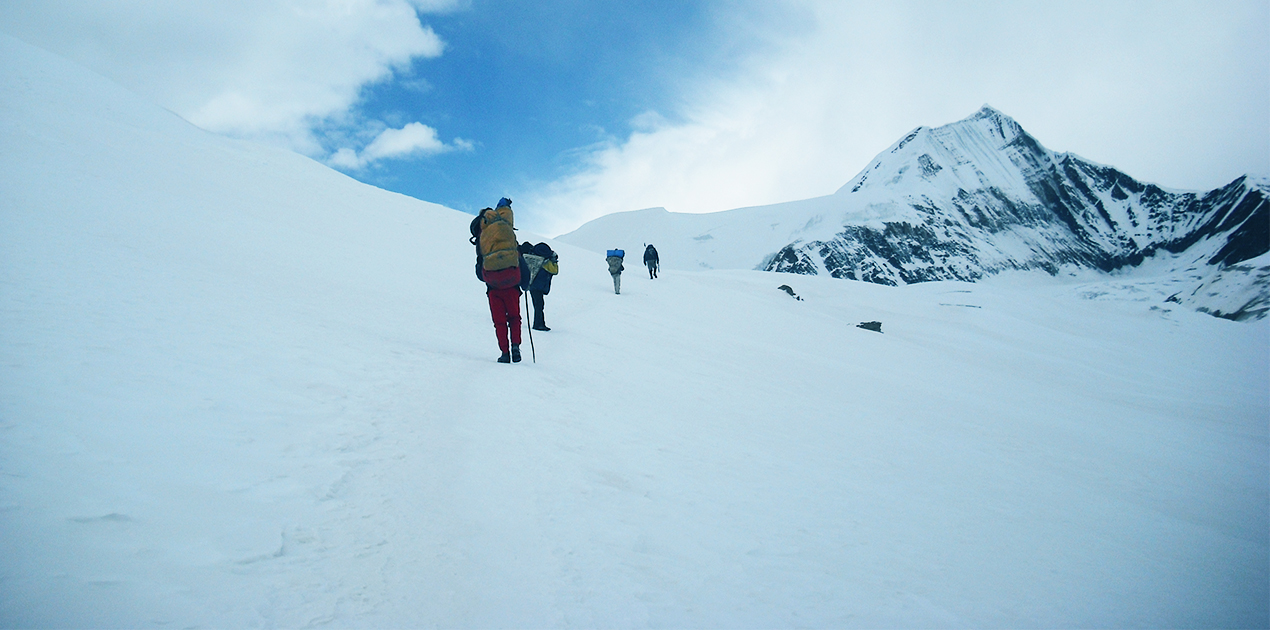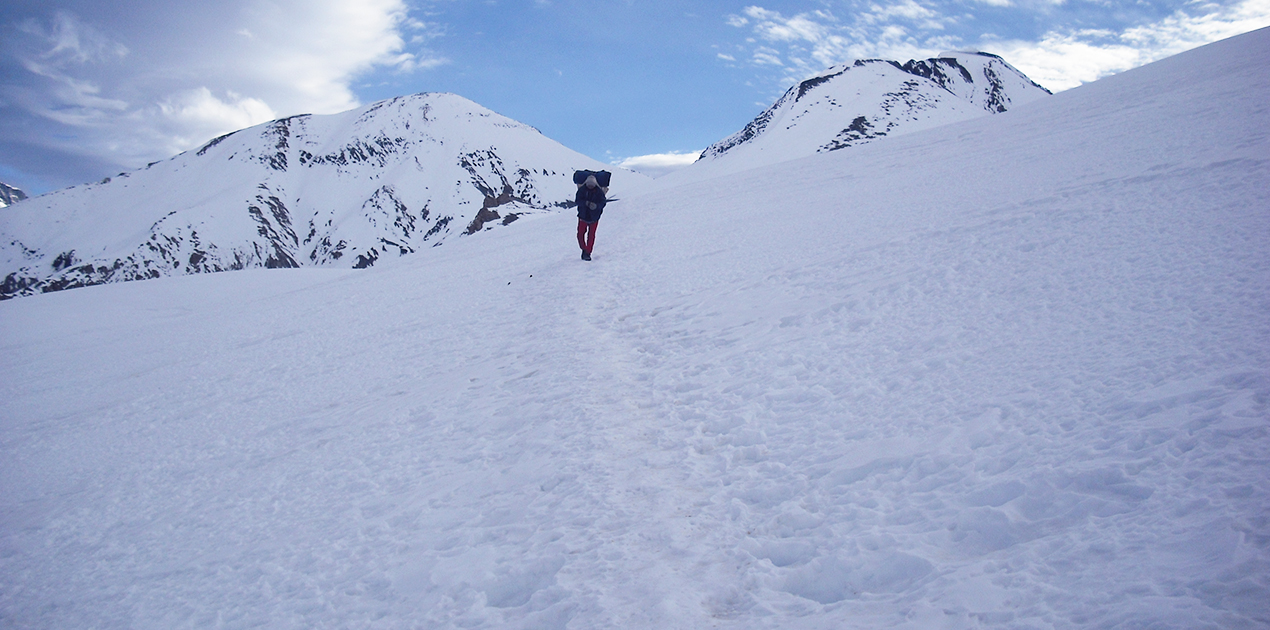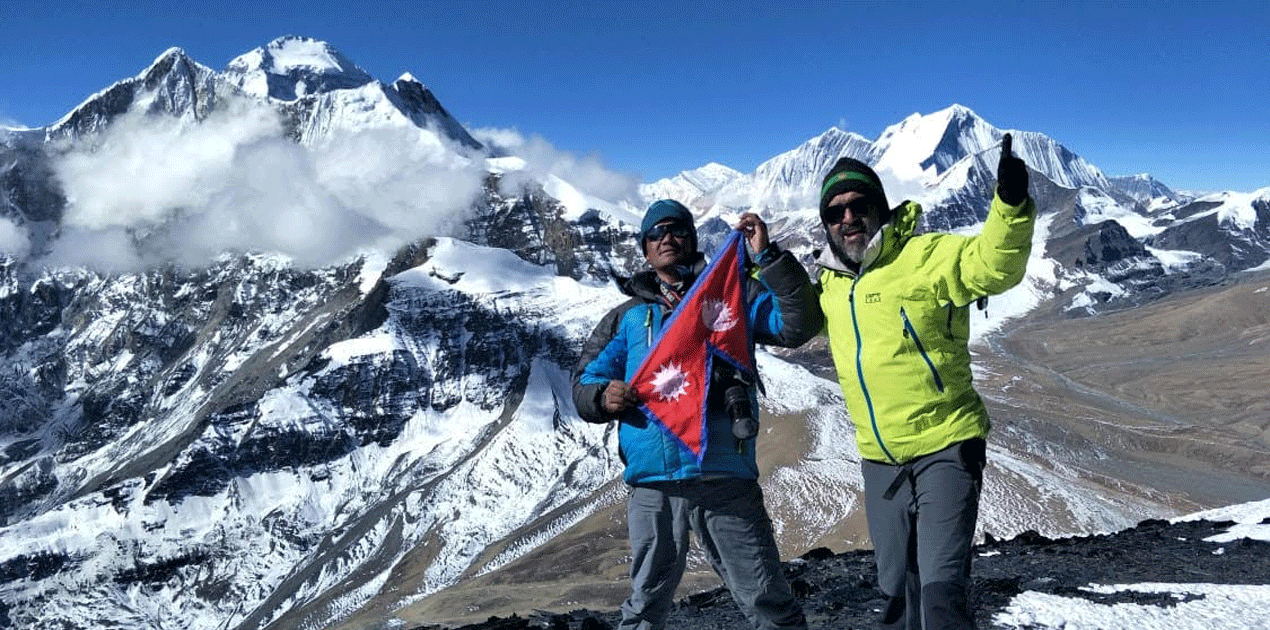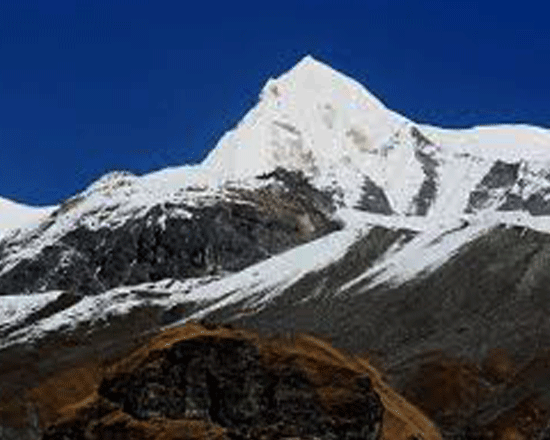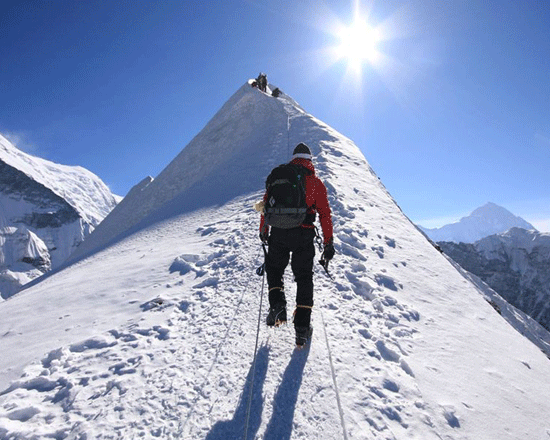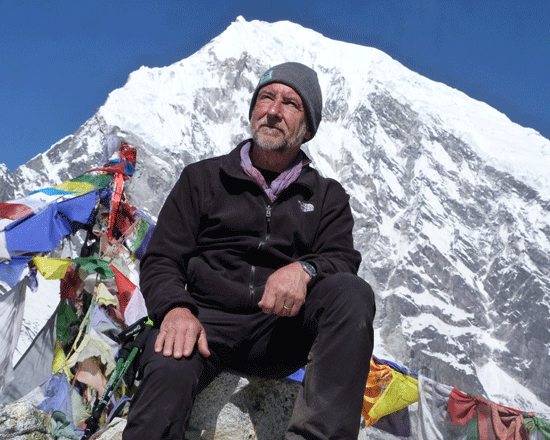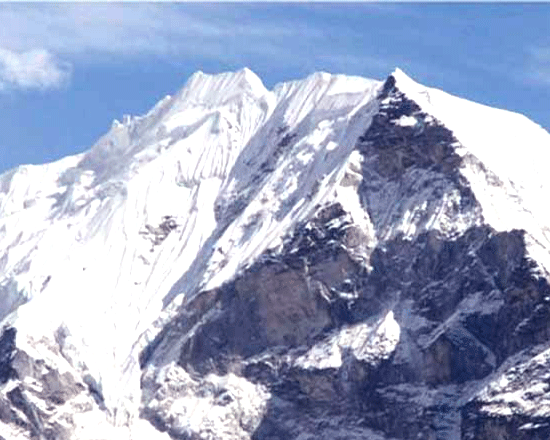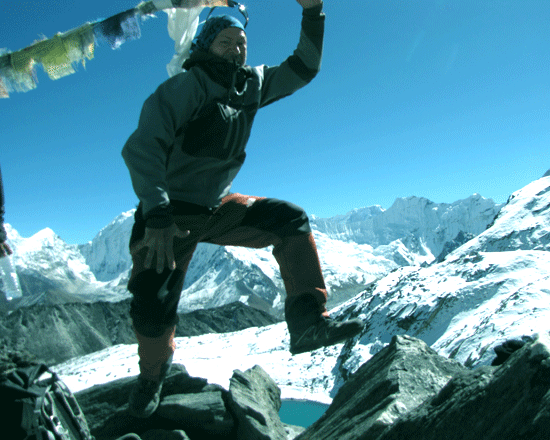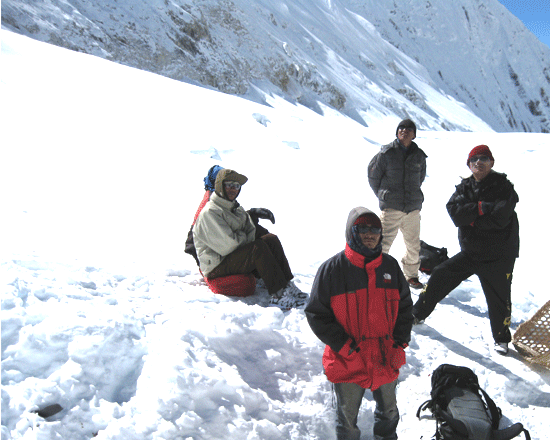Dhampus peak Climbing
Dhampus peak Climbing
Peak Climbing In NepalTrip Facts
This is challenging and technical Trekking, climbing of Nepal, you most have to physically fit and mentally prepare, off the beaten trails, camping or challenging high passes Treks, at this level can he arranged for periods of 18 to 32 days. Typically, a gradual ascent through a green river valley will lead you up to a number of high passes, where you will reach the altitude of 5416m. Often times, you will get a close insight into the Tibetan culture. Participants should expect to trek above 5416m/17872ft. or climbing 6540m.
100%
Overview
Dhampus Peak Climbing: A 14-Day Adventure
Dhampus Peak: A Jewel in the Crown
Dhampus Peak boasts a magnetic charm as an integral part of the Dhaulagiri circuit and Hidden Valley route. From its lofty summit, a panoramic vista unfolds, revealing the seventh-highest mountain on Earth, Dhaulagiri, standing tall at 8,167 meters. To the northeast lies the formidable Tukuche Peak, its regal height reaching 6,920 meters. In the West, the breathtaking Upper Mustang valley stretches far, while the awe-inspiring Upper Dolpo territory beckons with its imposing presence.
A Panorama of Peaks
Dhampus Peak offers a symphony of high mountain views that will leave an indelible mark on your soul. As you ascend to its summit, prepare to witness the grandeur of Dhaulagiri at 8,163 meters, the grace of Sita Chuchura at 6,611 meters, the pride of Nilgiri at 6,940 meters, the majesty of Tukche Peak at 6,920 meters, the height of Tilicho Peak at 7,134 meters, the presence of Thorong Peak at 6,484 meters, the prominence of Yaskawa Kan at 6,482 meters, the towering Puth Hiunchuli at 7,246 meters, the challenge of Mukut Himal at 6,639 meters, and the allure of Tangu Peak at 6,197 meters. This is just a glimpse of the breathtaking landscape that unfolds before you.
Dhampus Peak Climbing: A Unique Proposition
In contrast to other high-altitude summits in the region, Dhampus Peak offers a less challenging ascent. It serves as a symbol of adventure, physically demanding yet not as rigorous as the formidable Island Peak, Ama Dablam, and Mera Peaks. The climb up Dhampus Peak is a journey that beckons those who seek the thrill of altitude and the allure of untouched terrain.
The Perfect Season: Best Time to Conquer Dhampus Peak
The optimal time to start a Dhampus Peak expedition is in April, May, September, October, or November. These months offer favorable weather conditions for mountaineering, with May, June, July, August, September, and October being particularly ideal. However, if you venture forth in late March, early April, or late October through November, be prepared to brave the colder elements.
The Enthralling Itinerary
Your Dhampus Peak Climbing journey commences in the vibrant city of Kathmandu. From there, you embark on a picturesque road trip to the charming city of Pokhara, where adventure beckons. The trail unfolds further as you travel from Pokhara to Naya Pul, aided by a private car. Your trek unfurls through Poon Hill, Tatopani, Ghasa, Tukuche, Marpha, and Alubari, setting the stage for your grand summit attempt on Dhampus Peak.
Camping Amidst the Wilderness
The Dhampus Peak Climbing expedition combines the comfort of tea house trekking with the thrill of camping in the wilderness. From Pokhara to Marpha village, you’ll enjoy the comforts of tea houses. Beyond Marpha, the journey takes a more rustic turn as you delve into camping. Our expert team ensures your safety and comfort by pitching camps at strategic locations such as Alu Bari (Yak Kharka) and Dhampus Peak Base Camp. A dedicated team comprising cooks, kitchen staff, porters, and a climbing guide will accompany you, ensuring a seamless experience.
The Descent and Conclusion
After conquering the summit of Dhampus Peak, your trek retraces its steps, leading you back to Jomsom. From Jomsom, you’ll catch a flight back to Pokhara, marking the end of this epic adventure. The remainder of our dedicated staff will return by bus, while your trusty guide remains with you until the very end.
Nepal Wilderness Trekking: Your Trusted Companion
Embark on the Adventure of a Lifetime
Detail Itinerary
- Day 01: Drive to Pokhara (200 km. 6/7 hours driving) by tourist bus at 7:00 am from Kathmandu. And stay overnight at a selected hotel nearby Lakeside.
- Day 02: Drive to Nayapul (42 km. 2 hours driving by private car or Van) and trek to Tirkhedunga (1520 meters 3 ½ hours walking) stay overnight at the lodge.
- Day 03: Trek to Ghorepani (2853 meters 6/7 hours walking) and stay overnight at the lodge.
- Day 04: Trek to Tatopani (1100 meters 6/7 hours walking) and stay overnight at the lodge.
- Day 05: Trek to Ghasa (2,020m) 6/7 hours walking) stay overnight at the lodge.
- Day 06: Trek to Tukche 5/6 hours walking) stay overnight at the lodge.
- Day 07: Trek to Yak Kharka (4,930m) 5 hours stay overnight at Camping
- Day 08: Rest day in the same place
- Day 09: Trek to Dhampus/Thapa Peak Base Camp (5,150m) 6 hours stay overnight at Camping
- Day 10: summit to Dhampus Peak (6,012m) and back to the Base camp
- Day 11: Trek back to Marpha (2,670m) 5/6 hours walking) stay overnight at the lodge.
- Day 12: Trek to Jomsom, 4 hours stay overnight at the lodge.
- Day 13: Early morning fly back to Pokhara overnight at Pokhara
- Day 14: drive back to Kathmandu by tourist bus, overnight at your hotel
Cost Included
- Kathmandu / Pokhara / Kathmandu by tourist bus.
- Lodge accommodations till Yak Kharka and tent during your climb in the Dhampus Peak.
- Fluent in English-speaking government training experience guide climbing Sherpa, cook, and required porters
- ACAP Permit, Peak permit, and TIMS permit
- Equipment clothing for the guide, porter, and staff, climbing Sherpas.
- Two nights accommodation in Pokhara.
- Kitchen crew.
- Climbing equipment Ice hammer, Rope, Snow bar, Ice-screw,
- Foods and Accommodations for Nepal staff.
- Wage and Insurance for all staff.Guide: Sherpa, porters, cook, Meals, lodge, insurance, equipment, salary, etc.
Cost Excluded
- Personal climbing gears and clothing,(available on hire).
- Hotel in Kathmandu
- lunch and dinner while in Pokhara,
- all beverage, Soft and hard table drinks such as coke, beer,
- drinking water/mineral water, etc. during the trek.
- Hot shower, laundry
- personal insurance
- Tip etc.

